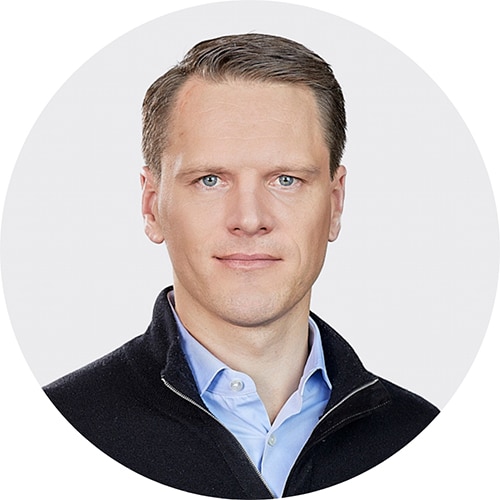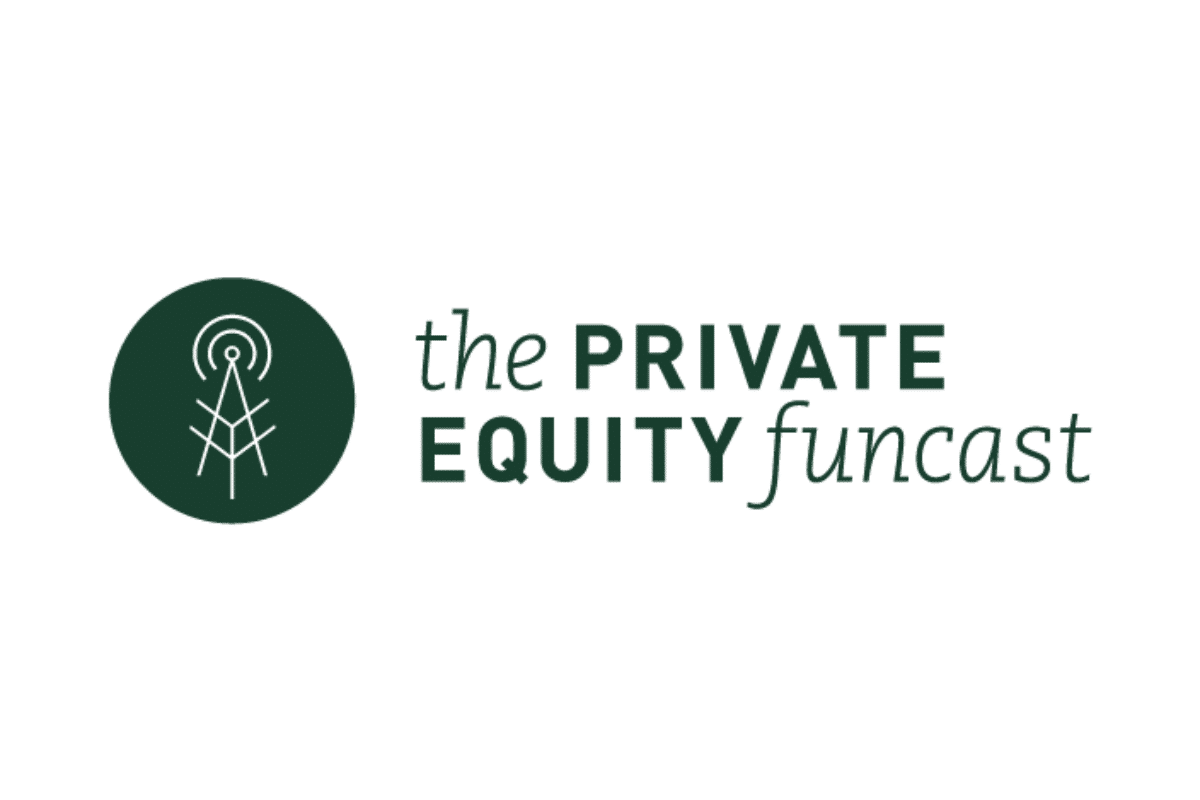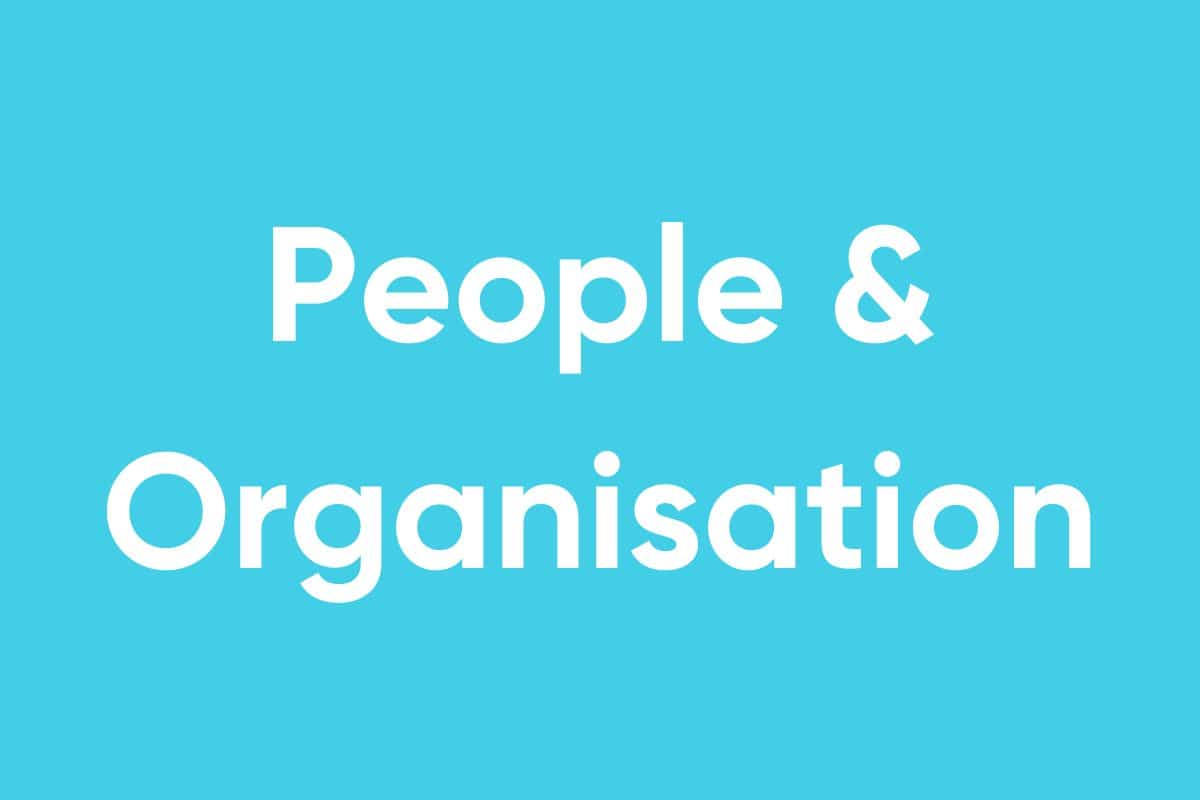How does successful post-merger integration work? In an interview with FLEX Managing Partner Christoph Jost, Franz Jordan, General Manager and Vice President of Perpetua, reports on the first 100 days after the merger of Sellics and Perpetua.
Franz, congratulations on exiting Ascential and Perpetua after what I heard was a long process. Could you give us some background information about the transaction and what exactly you did?
Franz: With pleasure, Christoph. We sold Sellics to Ascential. Ascential is a UK-listed holding company. That means Ascential itself brings together a number of companies under one roof. They’re currently building a new business area in which they buy e-commerce software and e-commerce agencies together. About 12-13 purchases are in the works now, and Sellics was one of those acquisitions.
What’s interesting about Ascential is that they’ve bought other players to the space we’re in with Sellics. One of those was Perpetua, which was one of our competitors. So although Sellics was officially bought by Ascential, operationally we’re being merged with Perpetua.
Post-merger integration is also an issue at FLEX. The transaction was not that long ago for you, around 100 days. In that respect, my question is: How did those first 100 days turn out?
Franz: In the first 100 days, there were some better moments and some worse moments. Our strategy was to have the teams working together on issues as quickly as possible. In concrete terms, that meant we actually started forwarding leads from Sellics to Perpetua on day one. We started migrating features in week two and began migrating our customers in week three.
The fourth week was a big week. Parts of our team flew to Toronto and parts of the Perpetua team flew from Toronto to Berlin. That meant we had an Integration Week where we met physically and worked together and got to know each other well. So all of that was the welcome phase, and that lasted the first 4-6 weeks. In the last six weeks, the focus has been more on developing new procedures together and gradually phasing out the old ones, so we only have one common set of procedures.
As an investor who brings companies together to form a group, we at FLEX have often observed a certain degree of uncertainty among the employees, especially at the beginning of a merger. How did you approach the employees? Did you have a proactive communication strategy for this process?
Franz: At Sellics, we communicated right from the start that there would be a major transition. It was initially unclear whether this was fundraising or actually a sale. But at least the staff weren’t surprised that bigger news was coming. We held a meeting on the day itself and presented our plan there. It was extremely important for us to clearly communicate that this transition was not a cost-cutting strategy. The goal was mutual growth; no one loses their job.
Since we’re very survey driven, we put out a survey on the day of the announcement to get a snapshot of the mood among employees. The result was interesting: despite this very clear communication on our part, people were still very uncertain.
Four weeks later, we did the same survey again, and we found that the employees were already much more secure about their future in the company. Therefore, I’d like to emphasize once again how important it is to let the teams work together as quickly as possible and to create clarity about the various procedures and processes right from the start. People need to see a future for themselves in the company; we have to show them that we’re counting on them.
This has worked very well for us. Of course, not all employees were happy in the end. But in my opinion, it’s an illusion to think you can make everyone on all sides 100% satisfied. But at least the employees were no longer unsure after the first week.
It was extremely important for us to clearly communicate that this transition was not a cost-cutting strategy. The goal was mutual growth; no one loses their job.
At this point I can add that in the early phase of a merger we always try to define a project on which both companies work together. It’s about producing short-term successes that we then celebrate accordingly.
Franz: We didn’t celebrate big, but we clearly highlighted successes; for example, the moment the first customer generated by Sellics was closed by Perpetua. We certainly could have celebrated this even more, because this gesture is always well-received. I think celebrating speed alone is already a good thing.
Do you have any other learnings from the first 100 days that you would like to share with other entrepreneurs who are in a similar situation?
Franz: Since I personally have never really worked for any company other than Sellics, I sometimes lack perspective on how other companies work.
This transaction made me realize how strong and, above all, how effective a common culture is in the company. Looking back over the last 100 days, I would say that most of the friction arises from different cultural backgrounds. Shaping and defining a common culture is a prerequisite for successful integration. That’s what I’ve learned, and entrepreneurs should definitely take that into account.
This transaction has now made me realize for the first time how strong and, above all, how effective a shared culture is within the company. Looking back over the last 100 days, I would say that most friction often arises because of a different cultural background.
You made it through the first 100 days; let’s take a look ahead. What are your plans for the next few years?
Franz: As part of the acquisition, we drew up a business plan for the next four years together with the buyer. This business plan is the Holy Grail that we all follow and execute. That means there are currently no changes or radical innovations to the plan; we want to continue like this for now.
Thank you for your insights and for taking the time for the interview.
Franz: It was my pleasure.














